iFootage Anglerfish LED Light Series – Review
Music Courtesy of Epidemic Sound
iFootage is the latest manufacturer to come up with a new line of bright LED lights – the Anglerfish. Curious to find out more? Let’s take a closer look at what these fixtures have to offer.
Yes, we all know iFootage for making high-quality sliders and other camera rig accessories but now, they are entering the VERY saturated LED lights market.
If in the past we saw a trend of manufacturing gimbals, as well as small audio solutions à la Rode Wireless GO or DJI Mic, so we can now safely say that the next big thing is manufacturing lights, and judging by the number of emails we receive from LED light manufacturers (mainly from China whom we mostly haven’t heard of before), then, it is safe to say, that this is only the beginning and much more is about to come.
Anglerfish LED lights – What’s in the line?
So iFootage was kind enough to send us their 4 new lights, the SL1 60DN with 70Watts light output, the SL1 220DN with 220Watts light output, and, the SL1 320DN with 320Watts power light output.
ARRI Lighting Systems Control
Last but not least, iFootage has a new “throw in the bag” small LED light named HL1 C4 RGBW. Sold for 49$ (49 Euro), this little thing is truly fun to use.
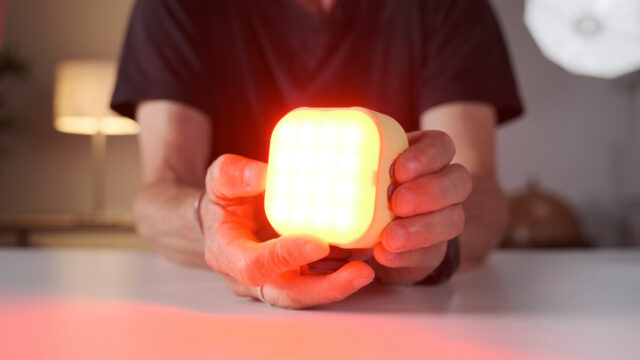
The lights arrived fully equipped with reflectors and different diffusing solutions from iFootage and I must write that my colleague Florian, who helped me with executing this review, and I were both impressed with the quality of accessories that iFootage created for this series of lights.
Before continuing, I would like to stress that the lights we got are pre-production models and iFootage is doing their best to make sure that bugs are ironed out and everything is fine-tuned before starting delivery.
What all lights have in common
As a documentary filmmaker, I tend to work with small and lightweight fixtures, and out of the 3 lights (I don’t count the HL1 C4 RGBW here), the iFootage 60DN is the one that I would have chosen to mostly work with, simply because it is small and powerful enough for my documentary work. But before diving into talking that specific light, let’s talk briefly about what all of them have in common.
All are daylight, dimmable, have Bluetooth connectivity, and use the iFootage LUMIN App for controlling the light functions.
But maybe the most important thing is how iFootage decided to build the heart of their lights and I’m talking about the COB.
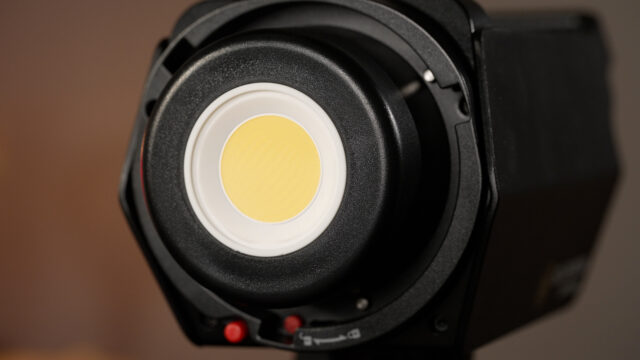
When an Anglerfish swallows a COB
As you might know, most if not all of these modern LED lights are based on having a single Chip On Board LED technology, meaning, they have a higher LED packing density and improved “lumen density”. Simply put, stronger brighter lights. Now, a company that is creating lights, can choose between buying an “off-the-shelf” COB or designing their own, which is, of course, a more expensive and a time- and resource-consuming task. iFootage decided to design their own COB and the main reason for doing so was to try and imitate the full daylight natural spectrum, but without the blue spikes that are typically found in other lights of similar categories. There are 2 main reasons for iFootage to aim for better controlling the blue light channel. The first is to try and achieve more accurate pleasing color rendering including nicer skin tones, and not less important, to reduce stress and eye fatigue which is an advantage when sitting in front of any of those lights for hours on end.
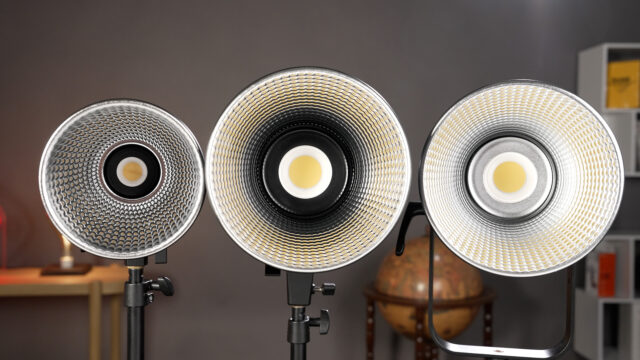
Light Quality
Let’s start by taking a closer look at the measurements and see if iFootage succeeded in controlling the blue light channel and in general checking the light quality and output of each light. And in case you were wondering, all measurements are taken one meter away from the COB bulb.
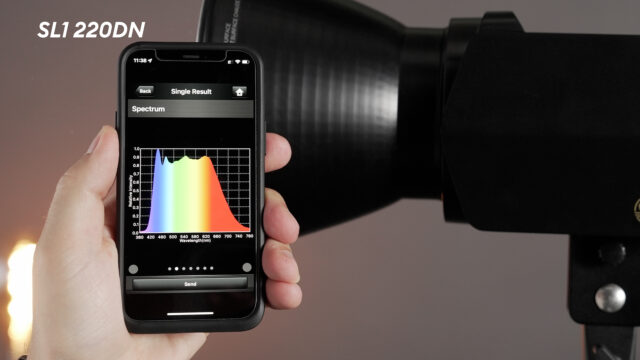
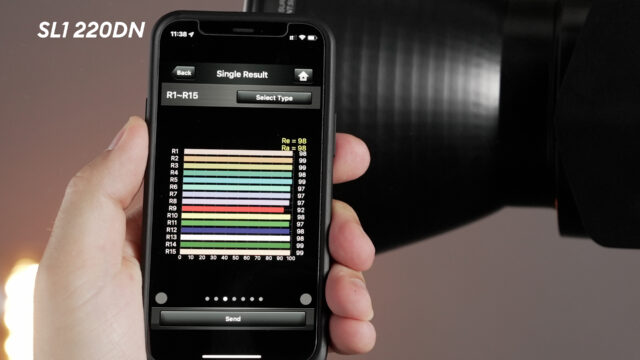
220DN, note the R12 channel. Image credit: CineD
SL1 220DN
As you can see above, the blue light channel is nicely controlled. There is hardly a spike, and, to confirm this, look at the R12 figure on the slide, this shows how well the blue color reproduces.
Luminance is really good for this category at 8778 lux and as expected, with a 60-degree reflector, we are at 43949 lux output.
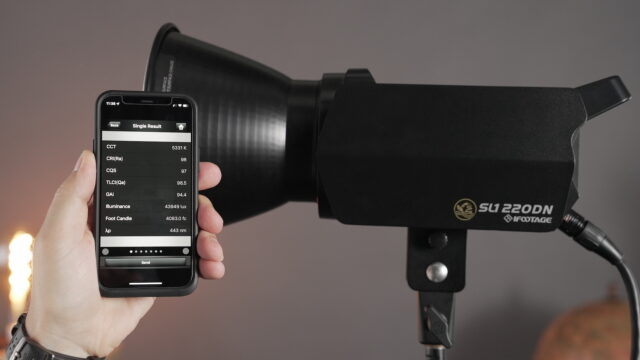
CRI and TLCI are excellent with 98 and 98.5 ratings respectively.
The daylight color temperature with the reflector is 5331K. A tiny bit low, but still within the range of the daylight spectrum.
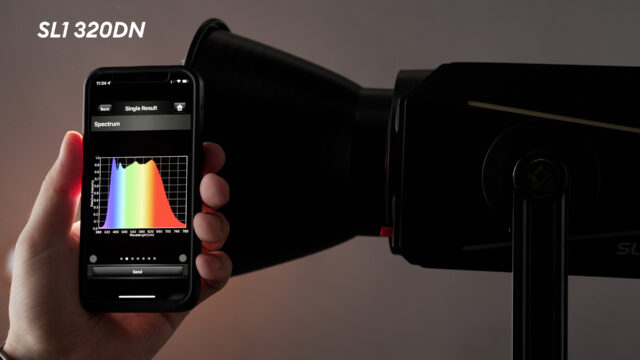
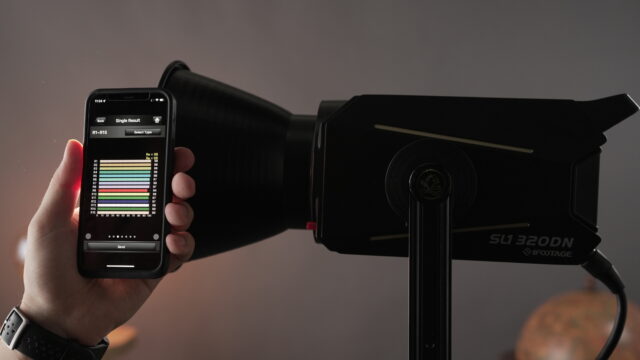
SL1 320DN
For the 320DN we measured the following:
Again, the blue channel is nicely controlled. No real spike here and the R12 measurement show nice blue color reproduction.
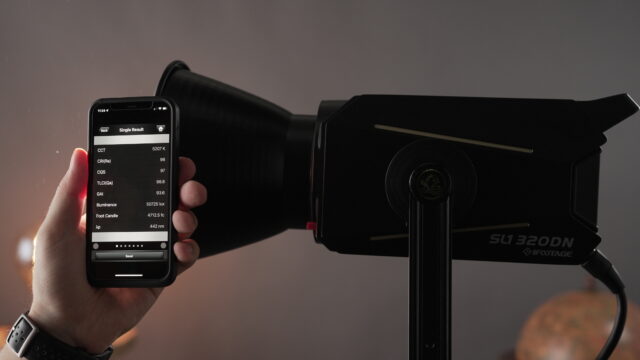
Luminance is 12265 lux and with the 60 degrees reflector attached, we are at 50725 lux.
Also with this light, CRI and TLCI are excellent with 98 and 98.8 ratings respectively.
We measured the Daylight Color temperature with the reflector at 5207K. Again tiny bit low, but still within the range of the daylight spectrum.
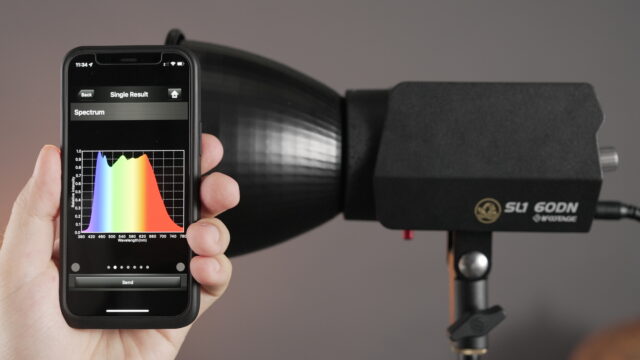

SL1 60DN
As I mentioned before, this is the kind of light that I would use for my run & gun documentary work, so I was especially curious to see the results.
As you can see, the blue light channel is also nicely controlled with no spike at all. And the R12 figure shows a nice blue reproduction.
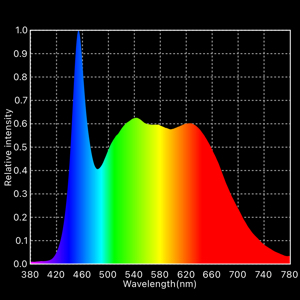
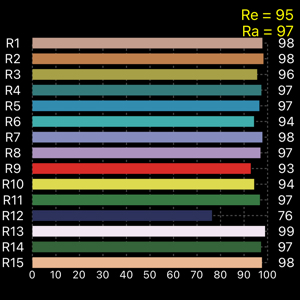
For comparison, I’m adding measurements of the GODOX ML60 that I’ve been using up until recently. You can easily see the blue channel spike and how the R12 shows inferior blue color reproduction.
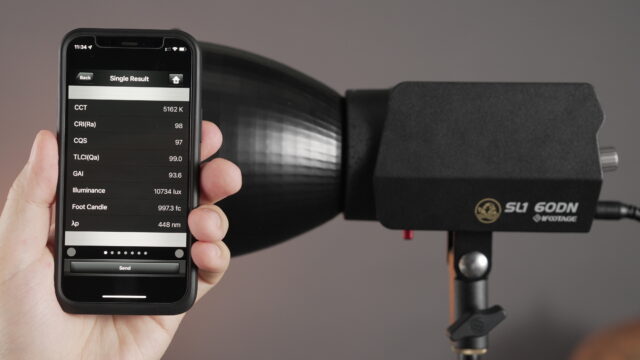
Luminance without a reflector stands at 2723 lux and with the 55 degrees reflector attached, we are at 10734 lux.
CRI and TLCI are excellent with 98 and 99 ratings respectively (With reflector).
Daylight Color temperature is a bit low in our testing as we measured 5129 Kelvin only.
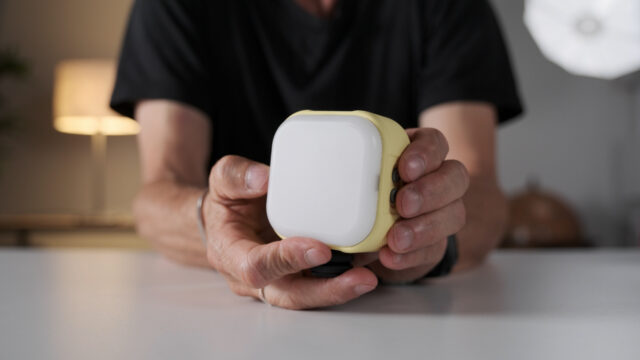
HL1 C4 RGBW Light
As mentioned above, the Anglerfish Series also includes a pocket light, the HL1 C4 RGBW Handy Light. It has a magnetic removable diffuser and a magnetic back plate. The light is available in four colors,
It can be operated via the onboard controls or via Bluetooth using the iFootage Lumin App which offers the same functionality and control but doubles the number of special effects.
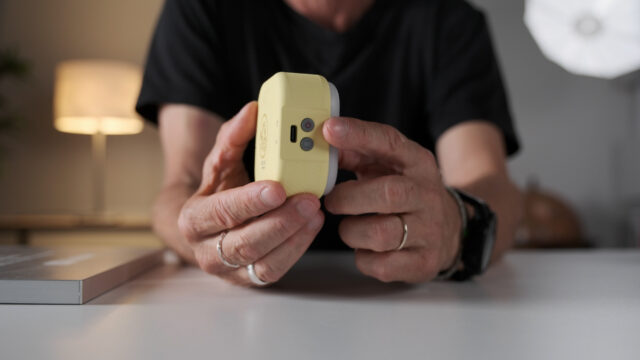
Battery run time is up to 2 hours and this can be further extended using a USB-C power bank.
For me, this is a “throw in the bag light”, one that can save the day in case of an emergency…
Handling
Both the 220DN and the 320DN have an external ballast. They look similar, but the connector to the light itself is different. Talking about the ballast, one should know it is relatively heavy and the rounded main dial is tough to operate. (Sometimes two fingers are needed to turn the wheel).
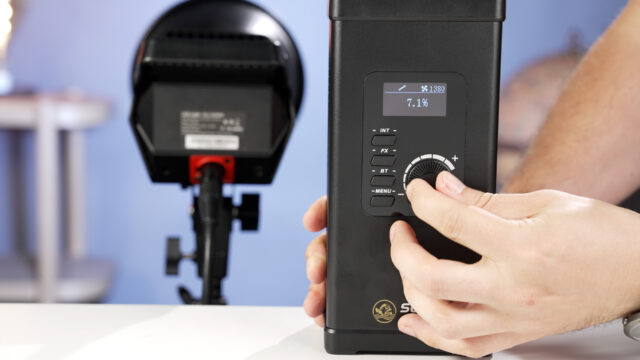
The power button has two functions: A long press will turn the light completely off, while a short press will bring the light to a standby mode, meaning, the LED turns off, but the unit is still on – this mode is great for changing attachments like softbox/dome, etc.
Another short press on the power button, and the light comes back maintaining the last settings.
The 60DN is more flexible to work with and just like other lights in its category, it has no ballast and the 2 knobs at its back are for controlling it. Talking about those knobs, I have to say that I find these buttons a bit flimsy to use and on top, not always precise. A good example is when navigating the menu. Often, you can find yourself turning the dial a few times in order to get to the desired settings.

The 60DN is very small and at 760 grams might be one of the lightweights of its category. The optional pistol-style hand grip is nice for attaching the light to a stand or, helping with handheld work. When it comes to powering the light, a “V mount” battery can be attached to the hand-grip itself, and in case you don’t use V mount batteries, a suitable USB C power bank can also be connected.
One issue that I found is when attaching the grip to a light stand. If the light stand has a tightening knob on the top, the grip/battery plate interferes with the knob and blocks it from rotating.
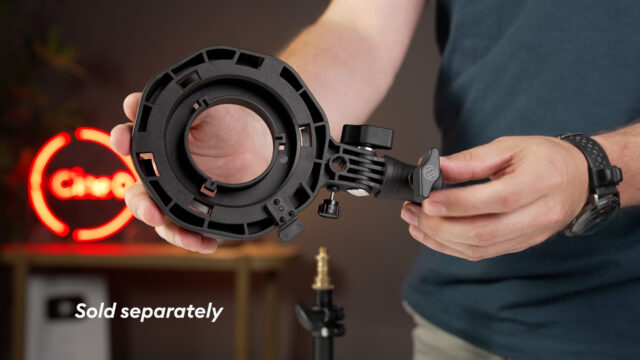
When it comes to accessories, the 220DN and 320DN are equipped with standard Bowens mount while the 60DN is smaller. iFootage has a Mini to standard Bowens adapter for this light, but it sits rather loosely. On the other hand, it has a little hole for mounting an umbrella. Nice!
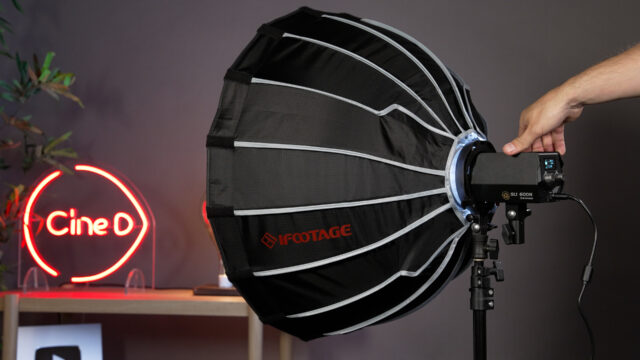
Fan Noise
Fan noise is very well controlled. It has no high pitch that is associated at times with fan noise, so it is very easy to remove in post-production in case you can spot it.
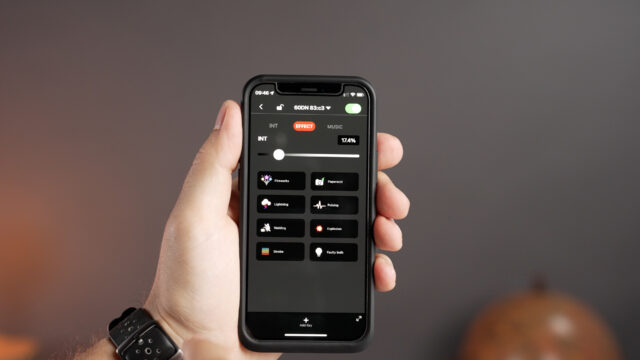
The LUMIN App
The LUMIN App is for iOS and Android phones. We tried it on an iPhone and it connects nicely to any of the lights. Usage is very straightforward. You can control the light strength, activate any of the 8 lighting effects, and animate intensity when sound comes out of your phone.
Pricing and availability
iFootage is taking pre-orders now on their website and will start dispatching the lights sometime during September.
When it comes to pricing, The 60DN will set you back US$189 (179,00 €), the 220DN for US$429 (409,00 €), the 320DN can be yours for US$649 (619,00 €), and the HL1 C4 RGBW can be purchased for 49 dollars or Euros.
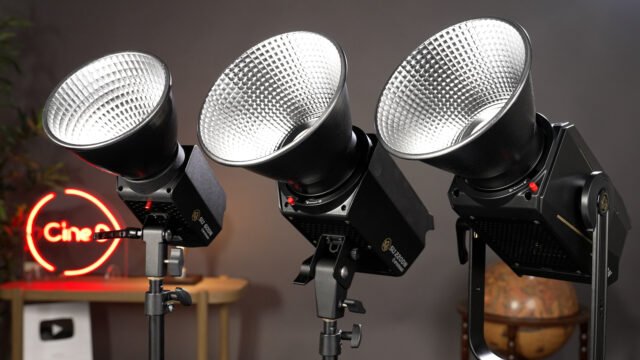
Conclusion
I have a lot of respect for iFootage jumping into cold water with a series of new lights. The prices are very competitive, the built quality is fine in most cases, and the quality of light is nice! The new fixtures are bright and in most cases accurate. If these lights do well in the market, I hope to see iFootage coming out with Bi-color versions as those are a bit easier to work with when in the field, especially if you are a single shooter.
Find out more about those products by clicking here.
iFootage’s website:
What do think about the new Anglerfish line of lights from iFootage? Is there anything that sparked your imagination, or at that stage does it look like “more from the same” to you? Please share with us your thoughts below.


























